Watch Kolkata guidebooks, sexual theories and feminist utopia from 19th and 20th century Bengal come alive this evening

A pastel hand-painted postcard showcasing a sunset in Kolkata by Frank Clinger Scallan, an artwork comprising the text from Nripendra Kumar Basu's sex instruction manual, Joubaner Jaduipuri, a video loop of matchbox labels featuring women performers - these are just some of the intriguing visuals and texts from 19th and 20th century Bengal, which will be on display this evening at Studio Tamaasha.
Belonging to the cultural history archives of the Centre for Studies in Social Sciences, Calcutta (CSSSC), they've been scoured and reinterpreted by three artists - multimedia artist Afrah Shafiq, graphic novelist Vishwajyoti Ghosh and researcher Sujaan Mukherjee - for their projects, which were a result of a fellowship awarded by India Foundation for the Arts (IFA) in collaboration with CSSSC. Titled Searching Cultures, the presentation is part of IFA's year-long collaboration with Tamaasha Theatre to bring to Mumbai a selection of the grantees' projects. Take a look.
ADVERTISEMENT
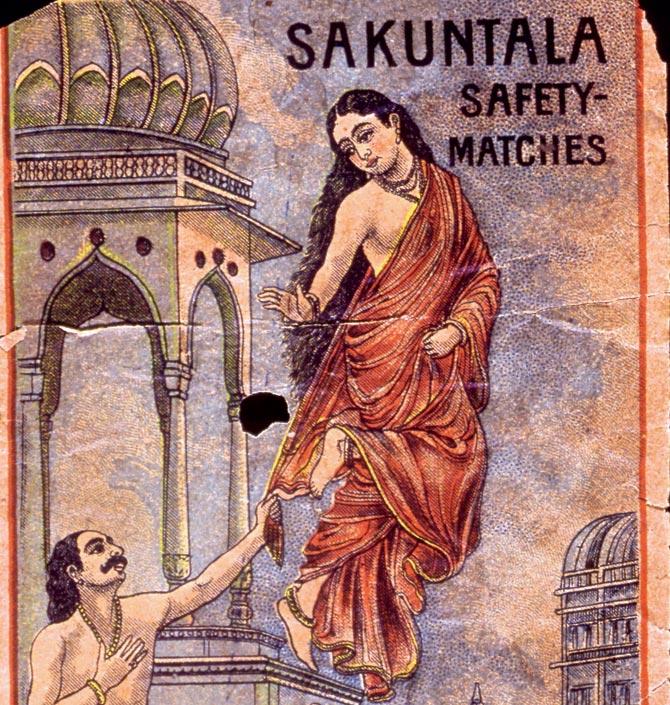
A matchbox label that appears in a video loop
Travel with Sultana
Afrah Shafiq's digital storybook titled, Sultana's Reality, derives its name from feminist author, Rokeya Hussain's novel, Sultana's Dream. It follows the journey of Sultana, who travels through history to explore the relationship between women and books in India. "For images, I've used matchbox labels, oil paintings, magazine illustrations, movie posters and even matrimonial advertisements that feature women.
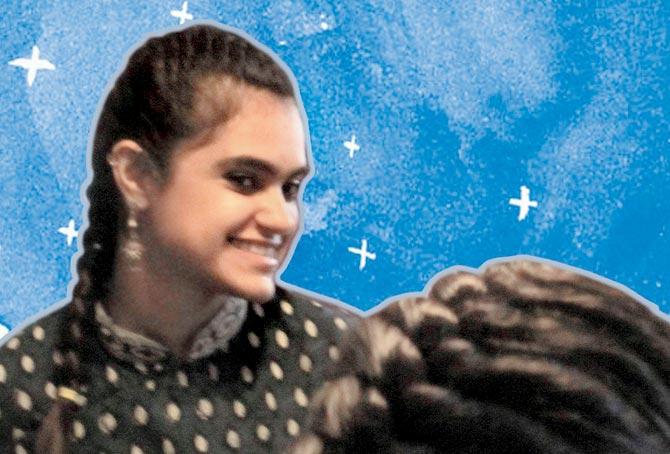 Afrah Shafiq
Afrah Shafiq
I've juxtaposed them with written accounts of women from history based on general research. It's not exhaustive," says the Mumbai-based artist. What makes it interesting is the non-linear character of the storybook, where a user can jump to any chapter, each replete with GIFs, animated video loops, comic strips, collages and graphics.

An art work with text from Nripendra Kumar Basu’s Joubaner Jaduipuri
Let's talk about sex
While delving into the archives to look for textbooks of 19th-century India, Vishwajyoti Ghosh came across educational books of another kind, which led to the project, Bengali Spring/Winter Sun.
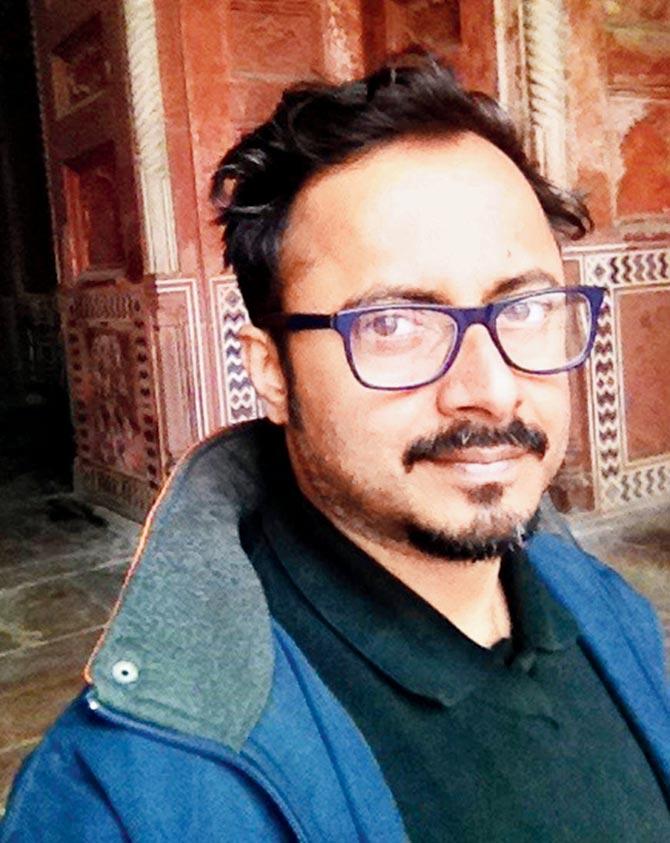 Vishwajyoti Ghosh
Vishwajyoti Ghosh
"They were on relationships, eroticism and sexuality, written with an educational slant. The tone is informative and presented with scientific authority," says Delhi-based graphic novelist, who was drawn particularly to the works of Nripendra Kumar Basu (1898-1979), a non-academic Bengali intellectual who wrote on sexuality. The artworks use visuals like calendar art, adverts and picture charts.
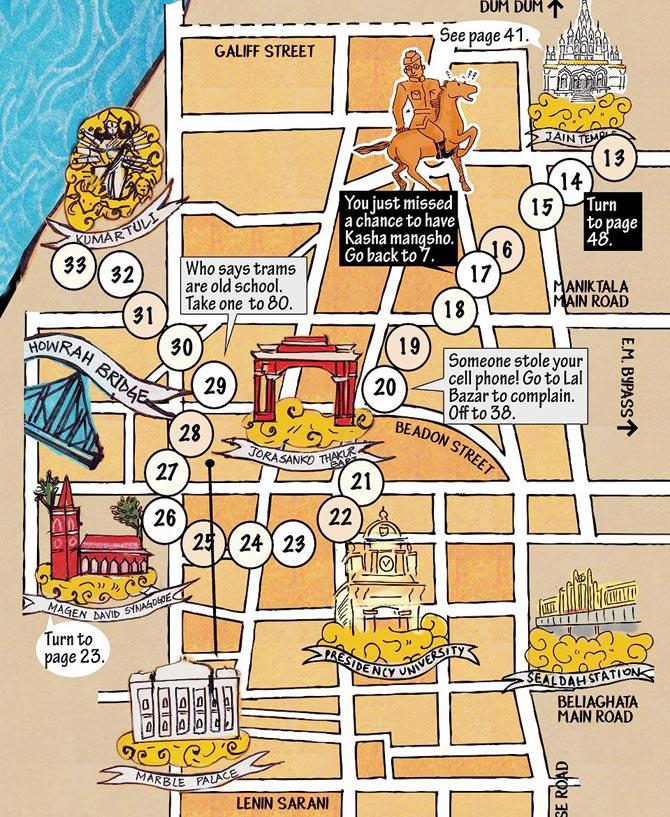
A city map created as a board game
Roll a dice to discover Kolkata
Sujaan Mukherjee's project, Chance Directed: A Guide to Calcutta Tourism tries to recall the different ways in which the city has been seen and remembered by the 'outsider'. The name is derived from a phrase coined by Rudyard Kipling to describe Kolkata. The project includes a large collection of used postcards from the early 1900s until 1960s, placed in see-through frames for viewers to read the travellers' tales, stereoscopic images and old souvenirs, such as a Second World War guide to Kolkata for American GIs who were posted in the city.
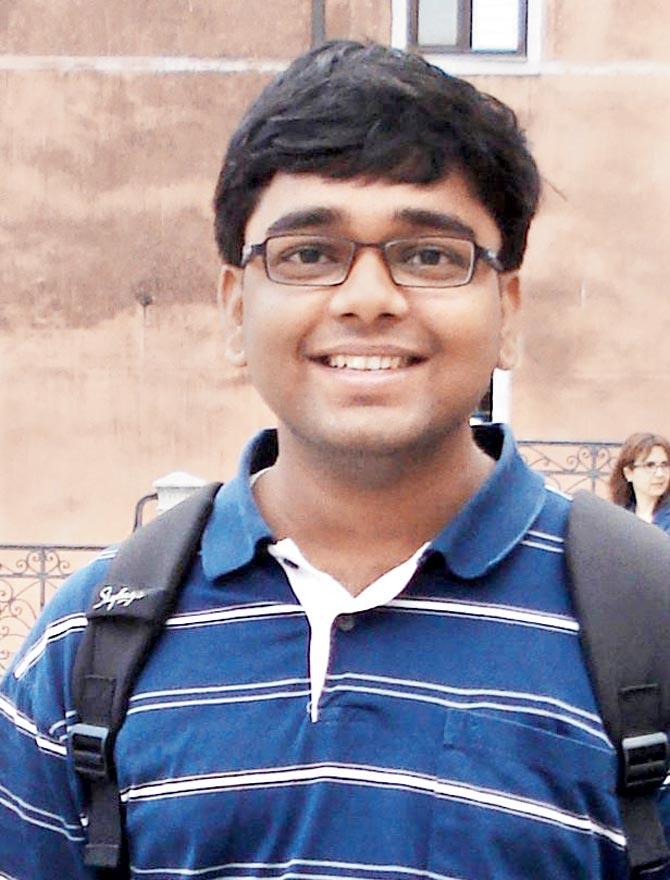
Sujaan Mukherjee
It also incorporates a board game, similar to Snakes And Ladders, and a guidebook inspired by the ones he found in the archives. It also features cartoon illustrations by his friend and budding cartoonist, Adrija Ghosh. "The guidebook has sections in which the visitor can explore the city at different points in time - 1780s, late 1800s, 1900s, and finally, the 21st century. The book can be read with the board game, which has the city's map. Both are interconnected," says Mukherjee, adding that the purpose of the project was to challenge dominant ways of viewing a city, dictated largely by western perspectives.
 Subscribe today by clicking the link and stay updated with the latest news!" Click here!
Subscribe today by clicking the link and stay updated with the latest news!" Click here!







